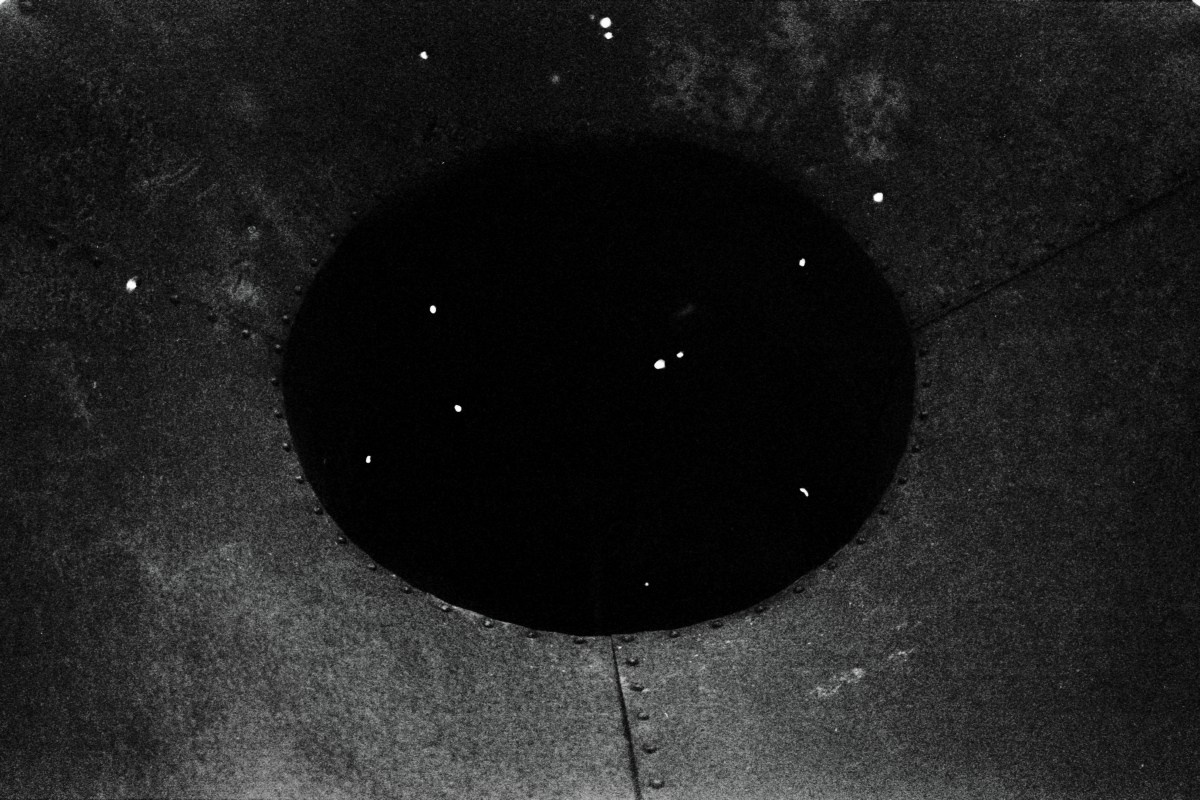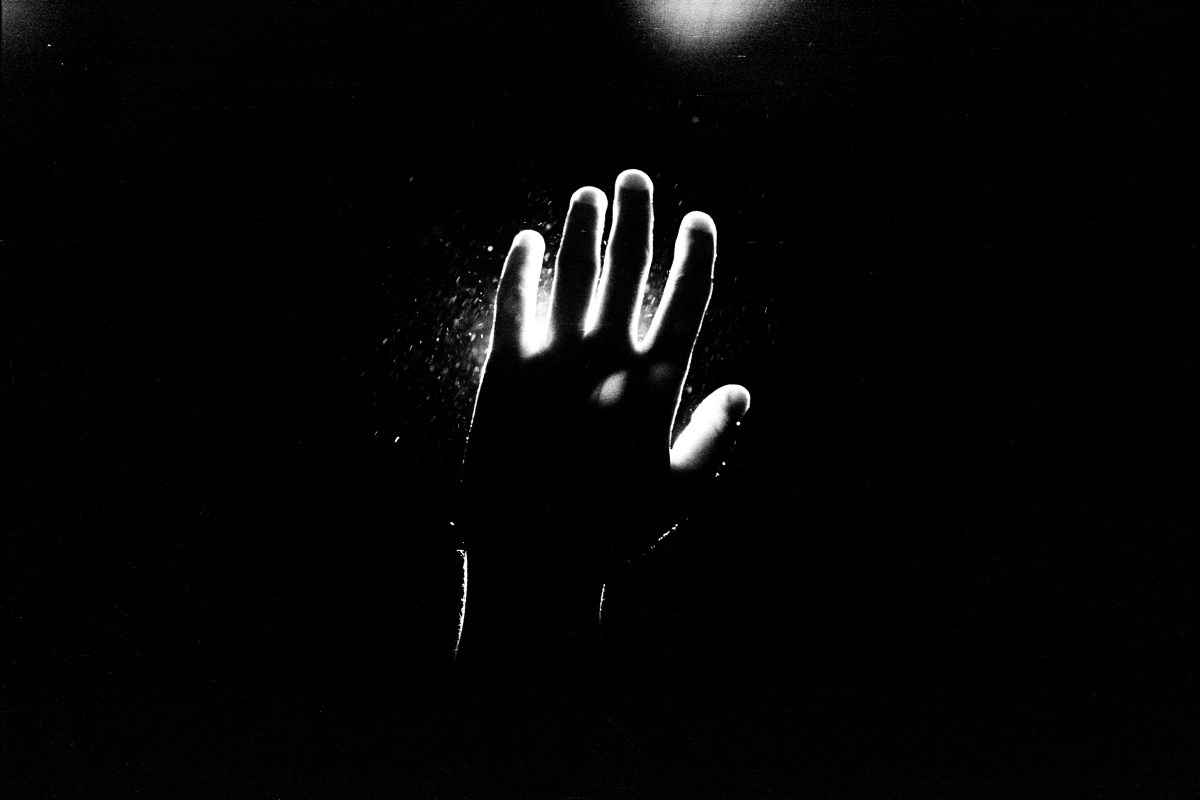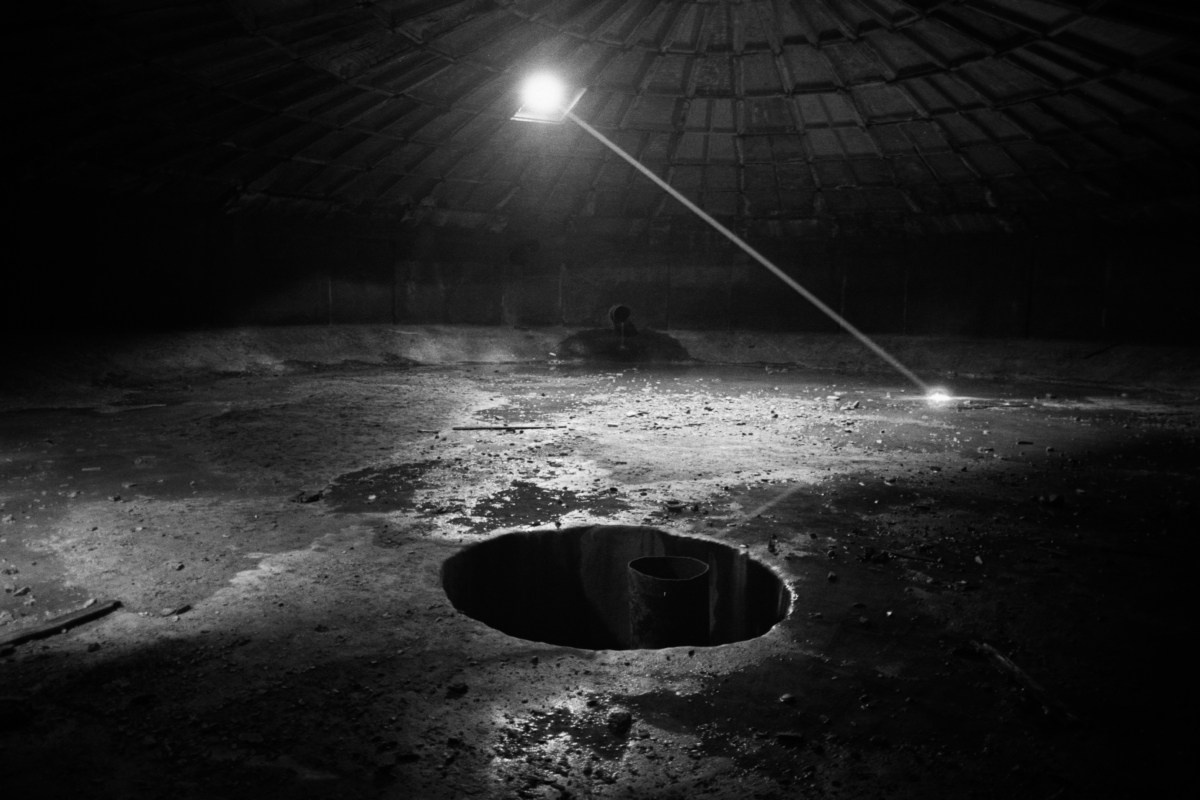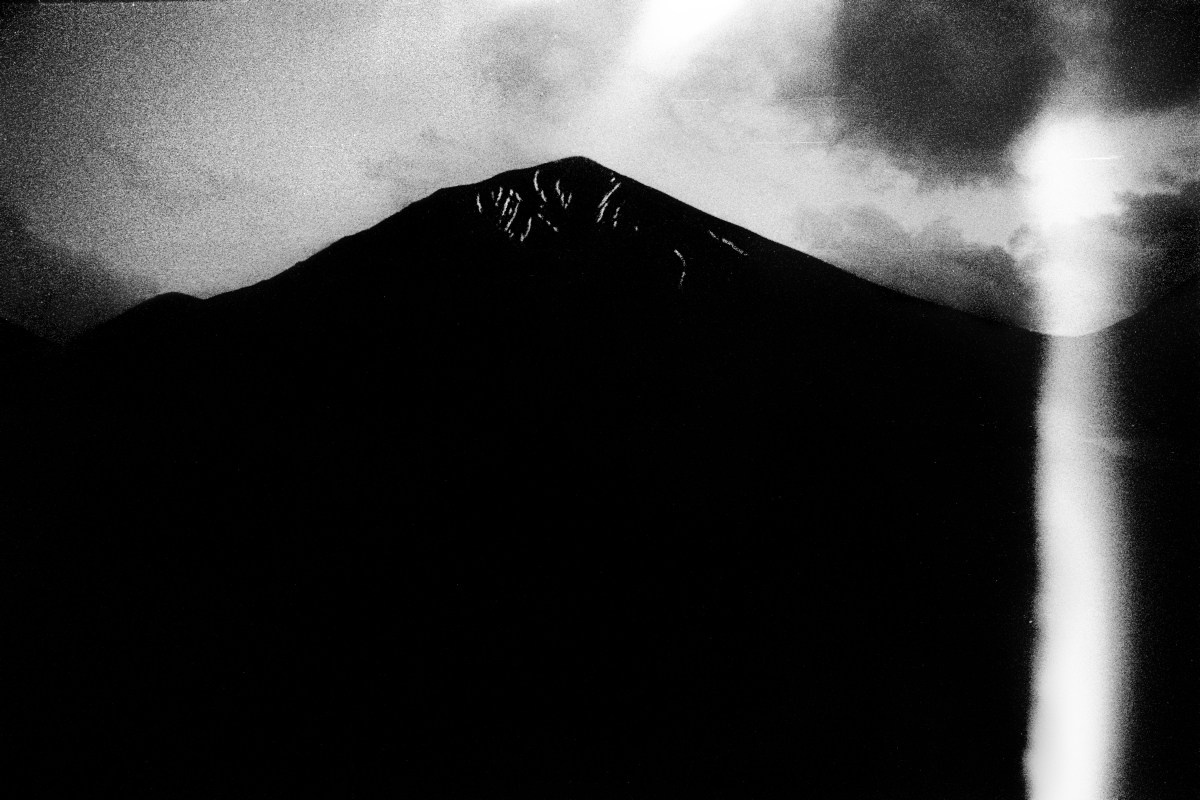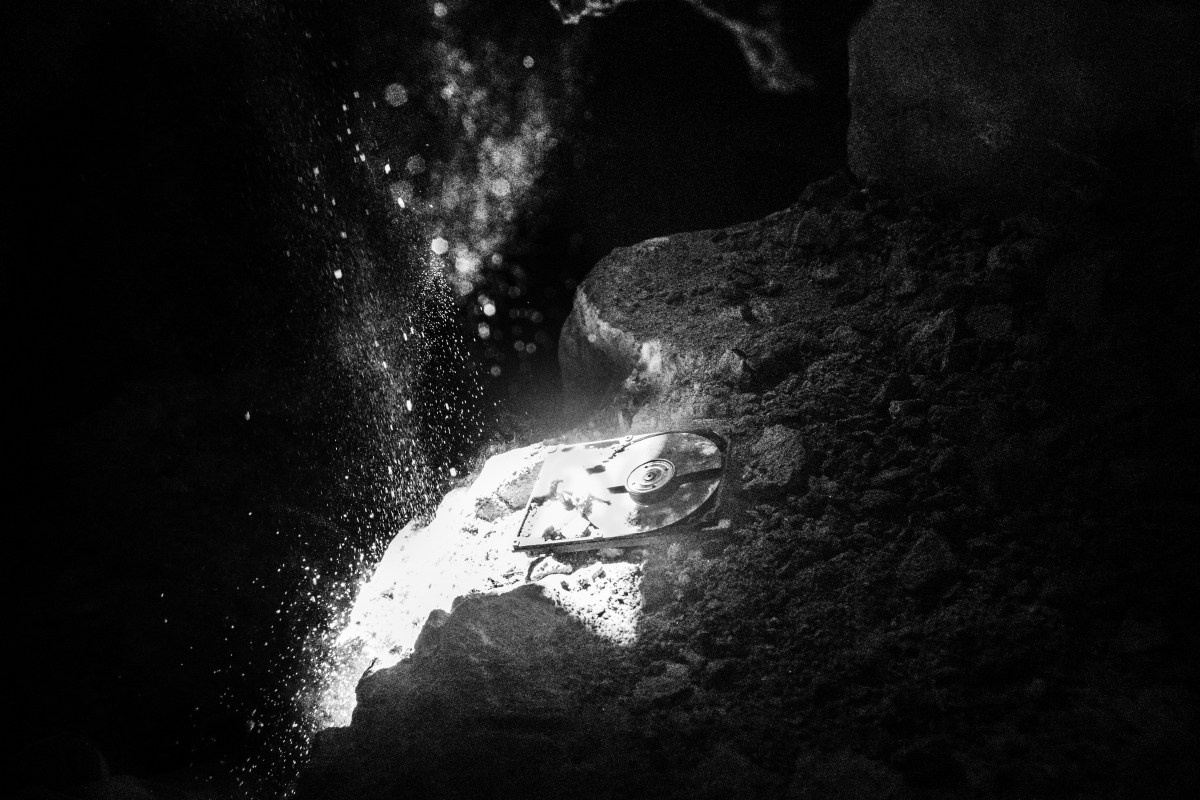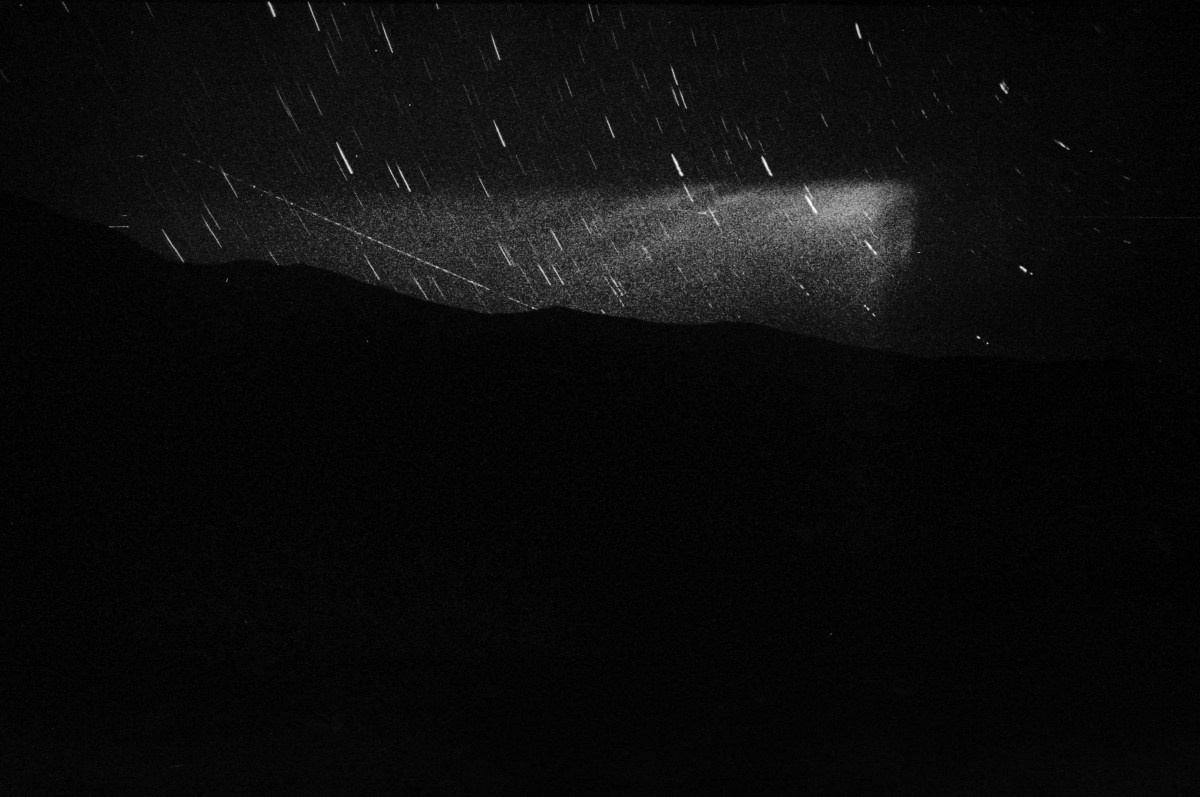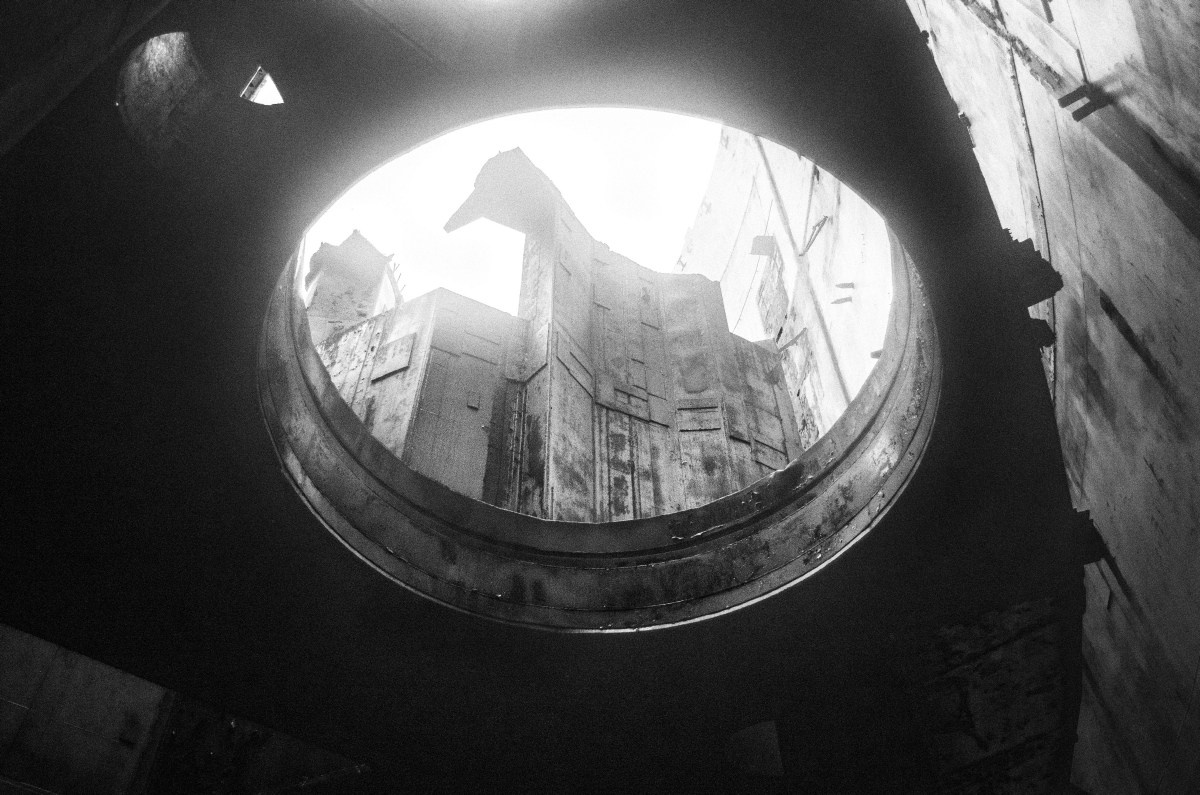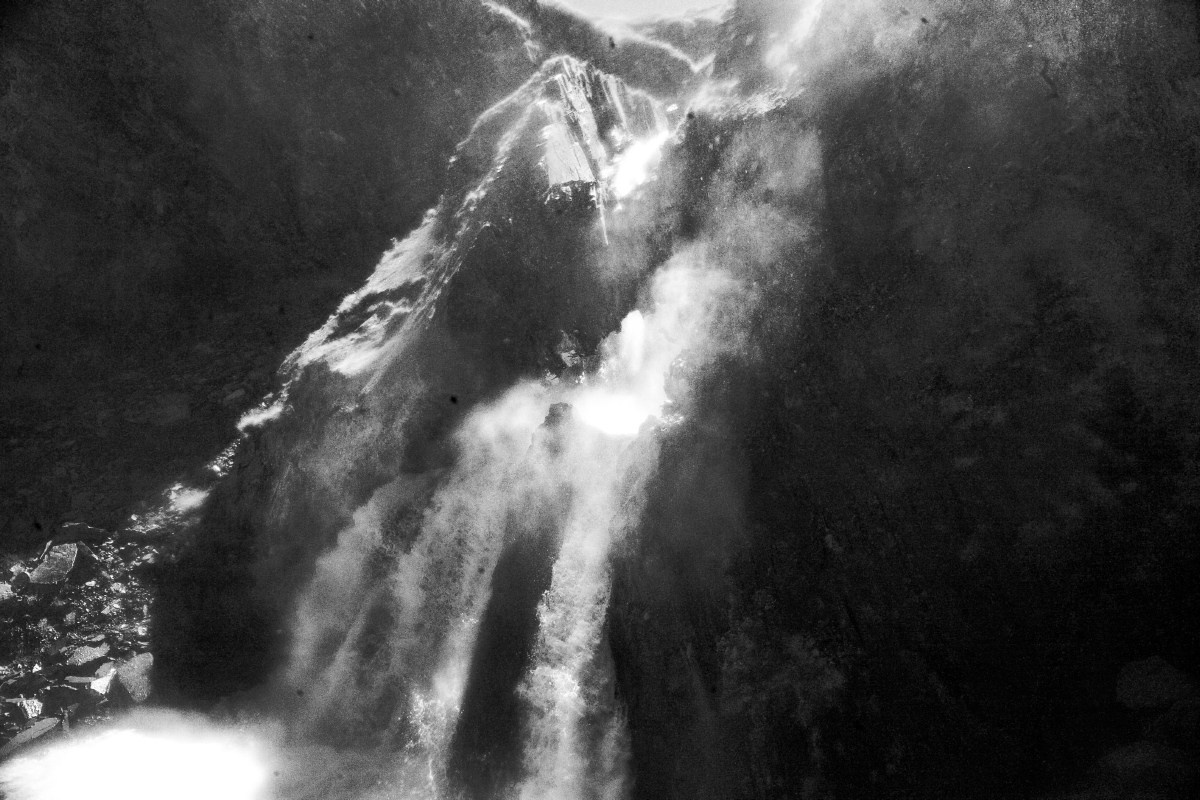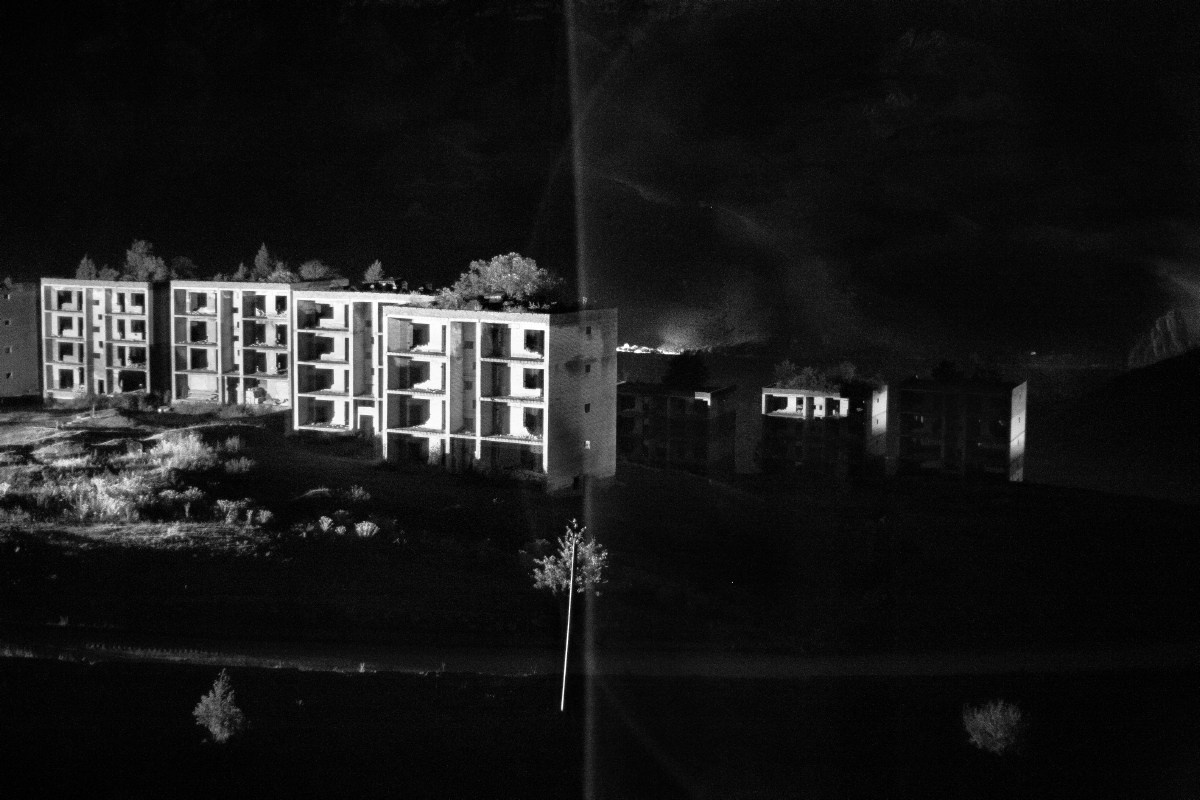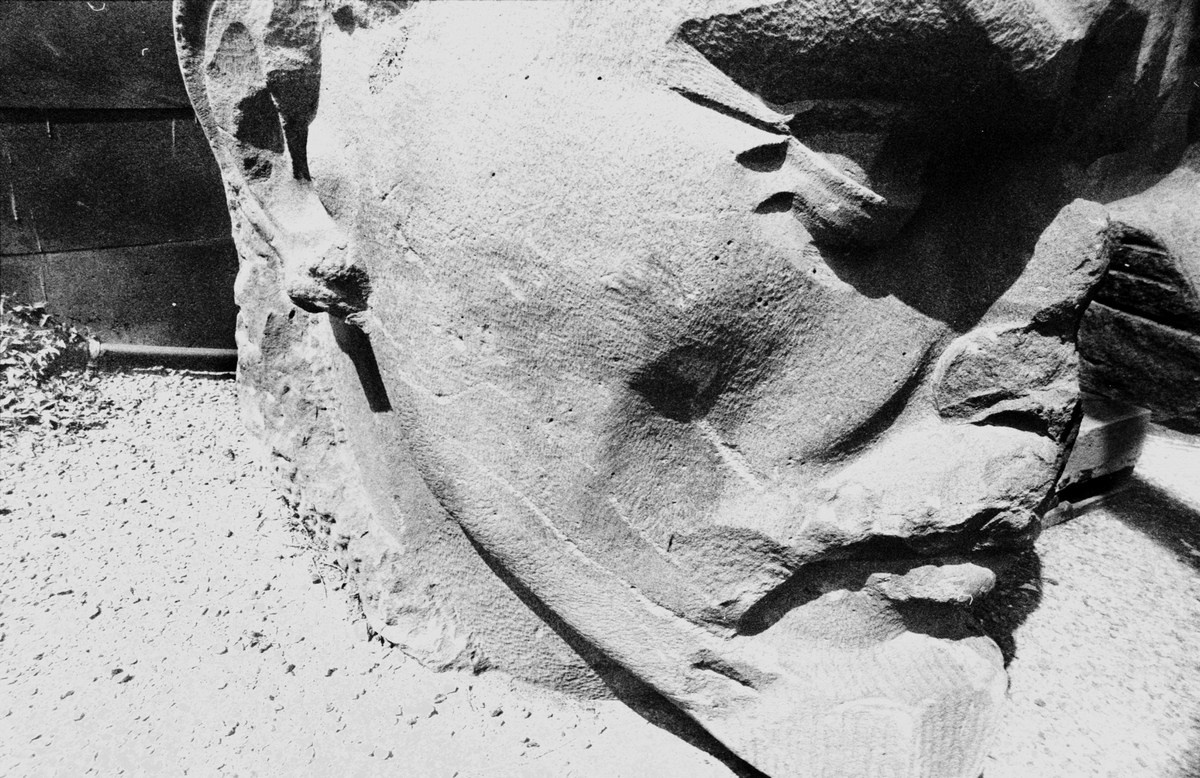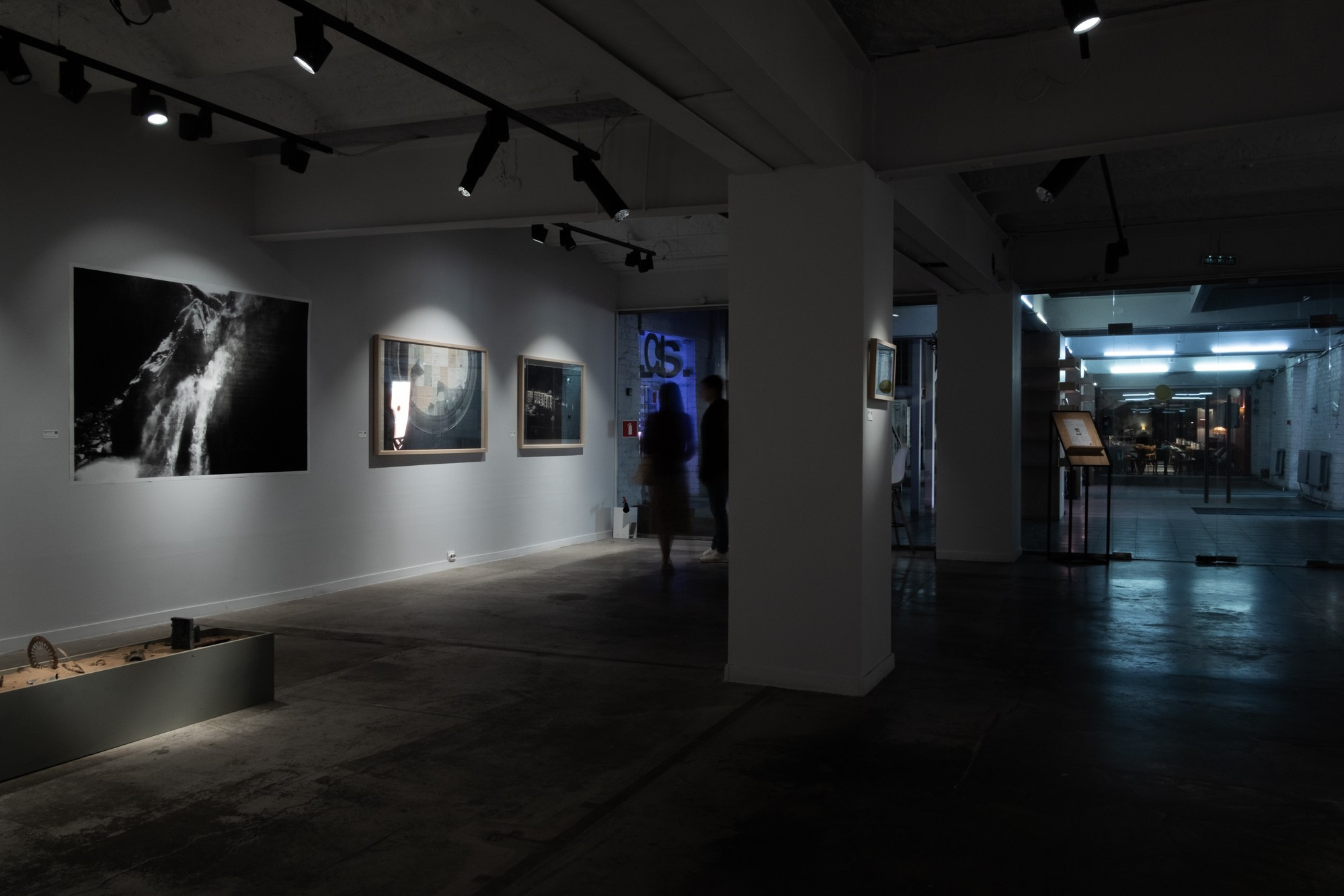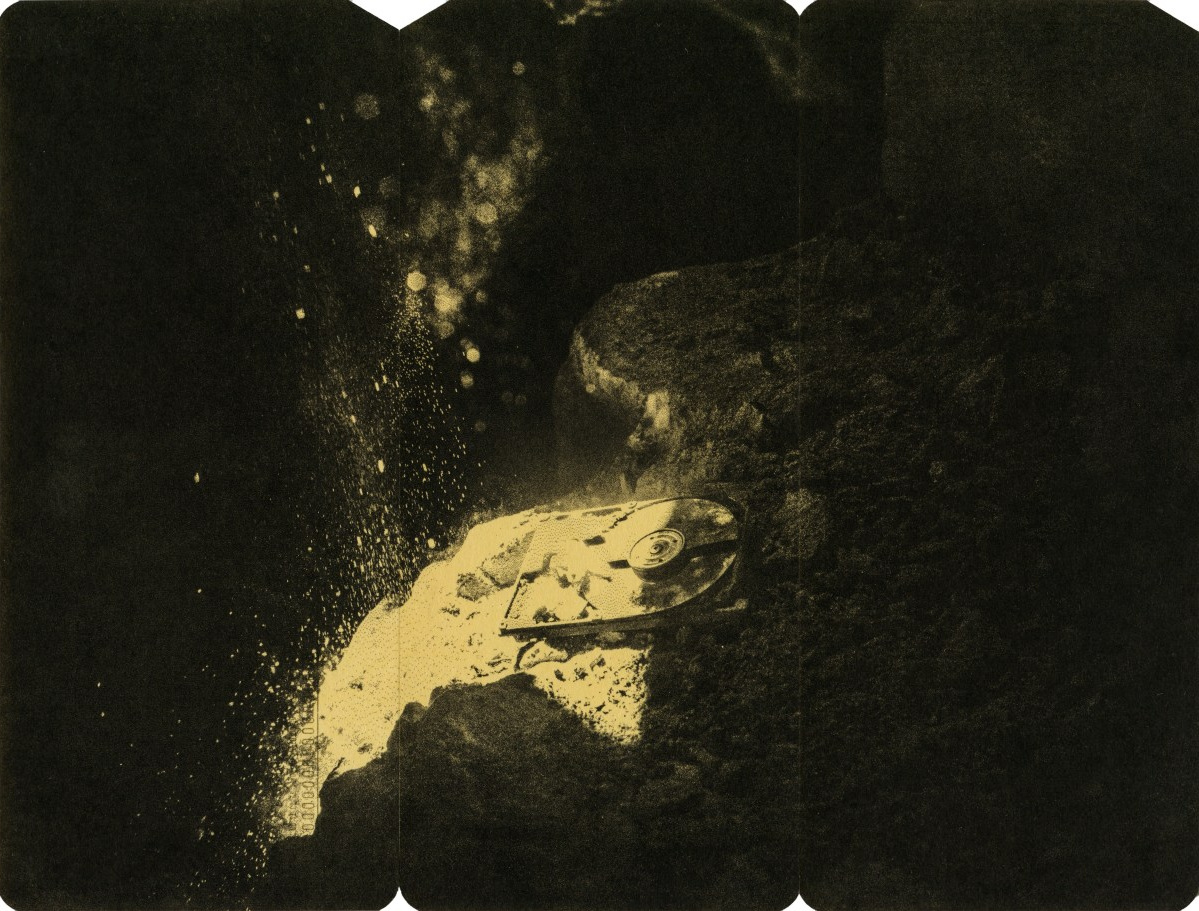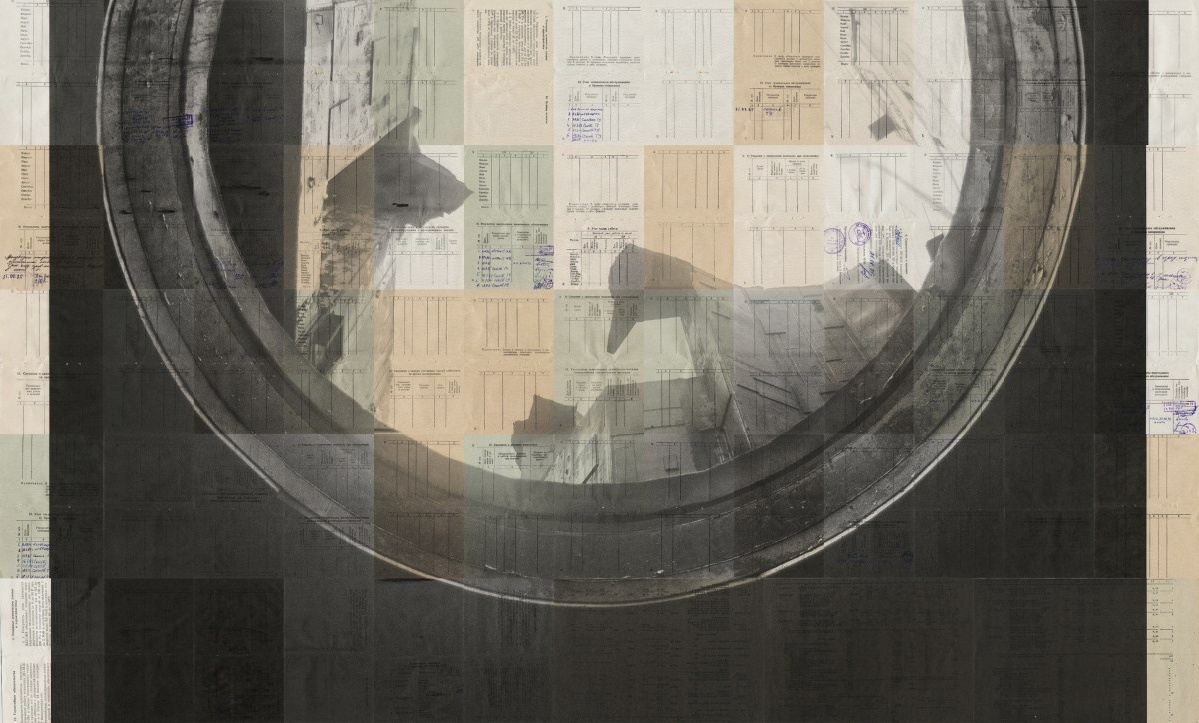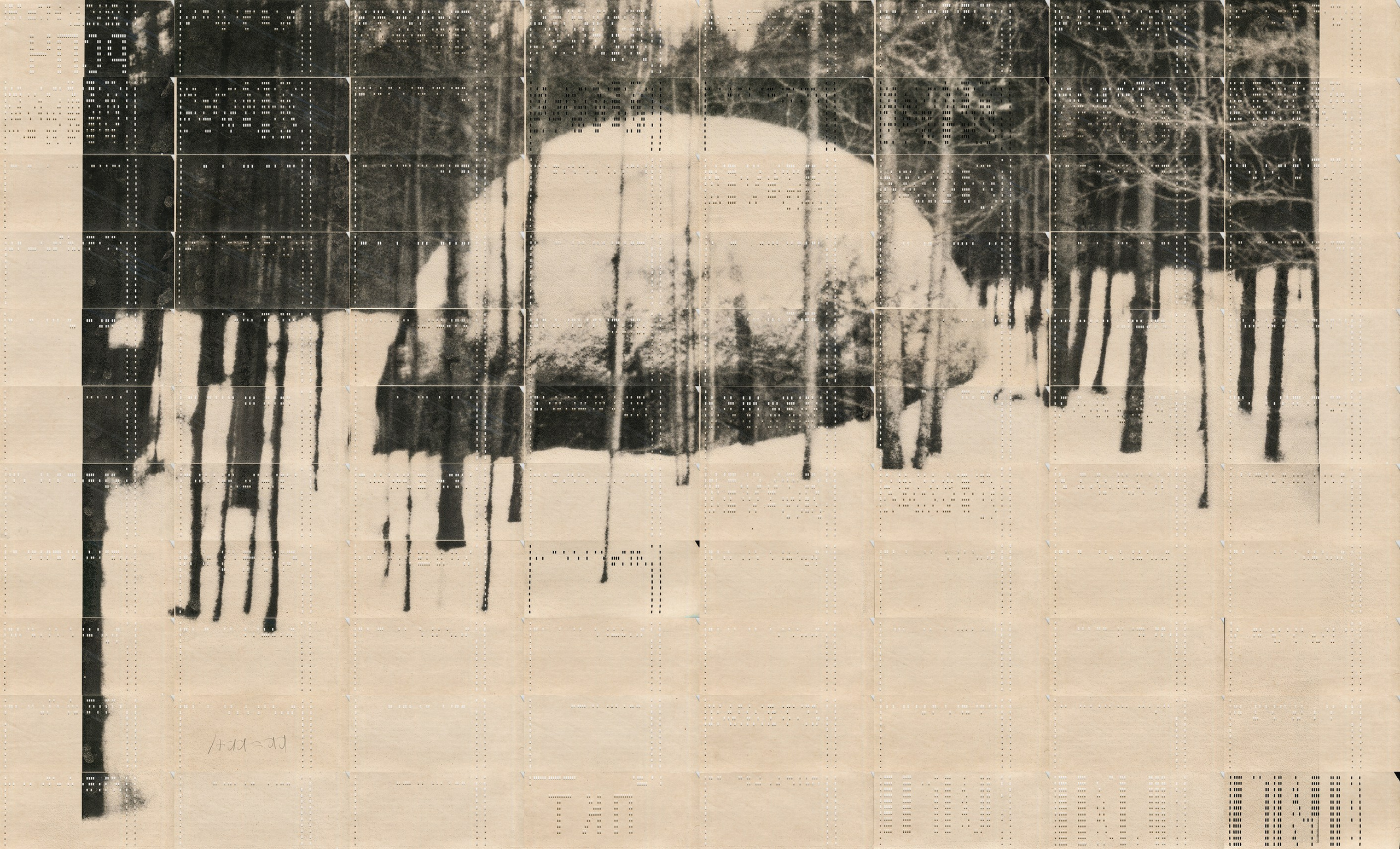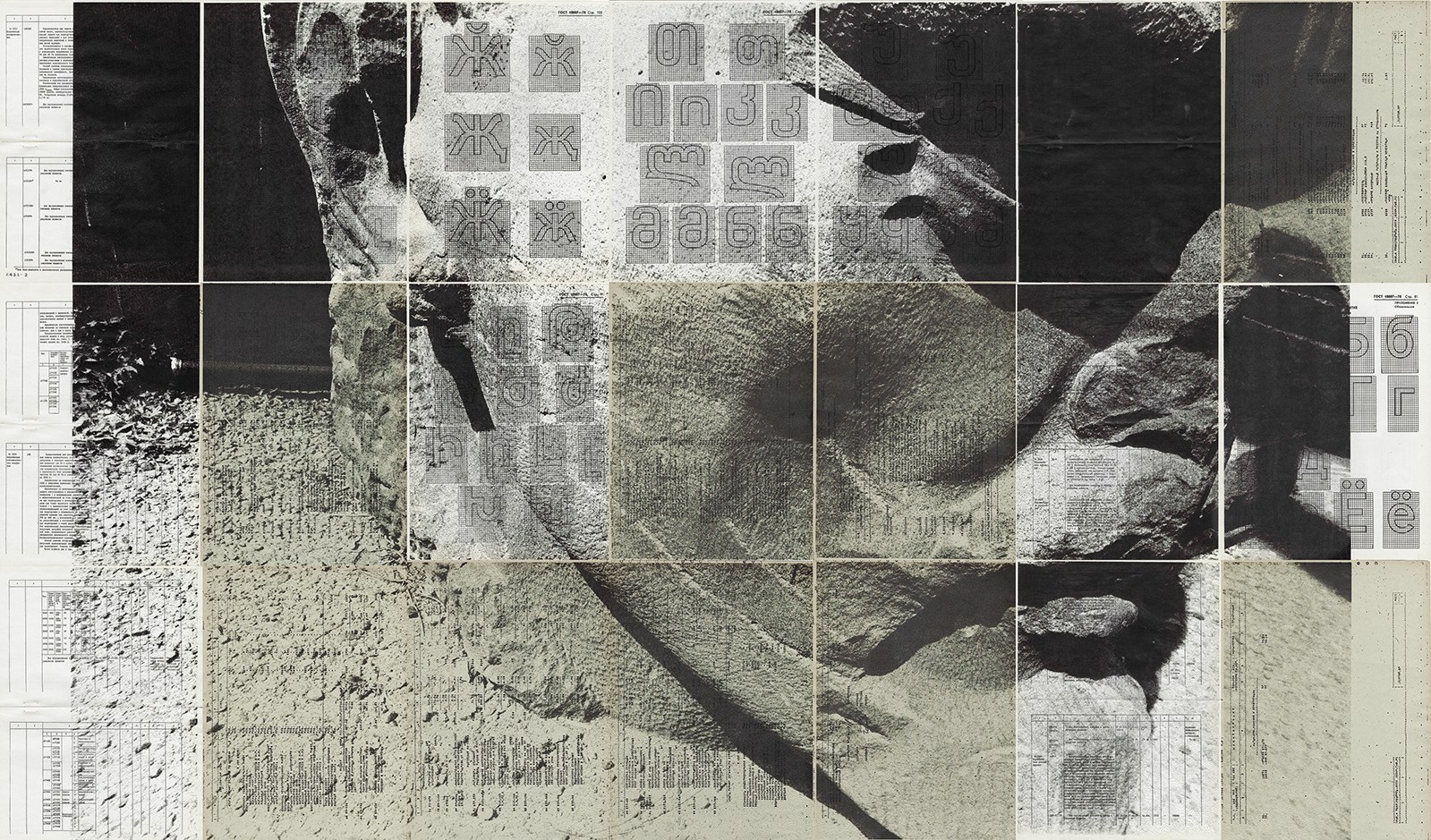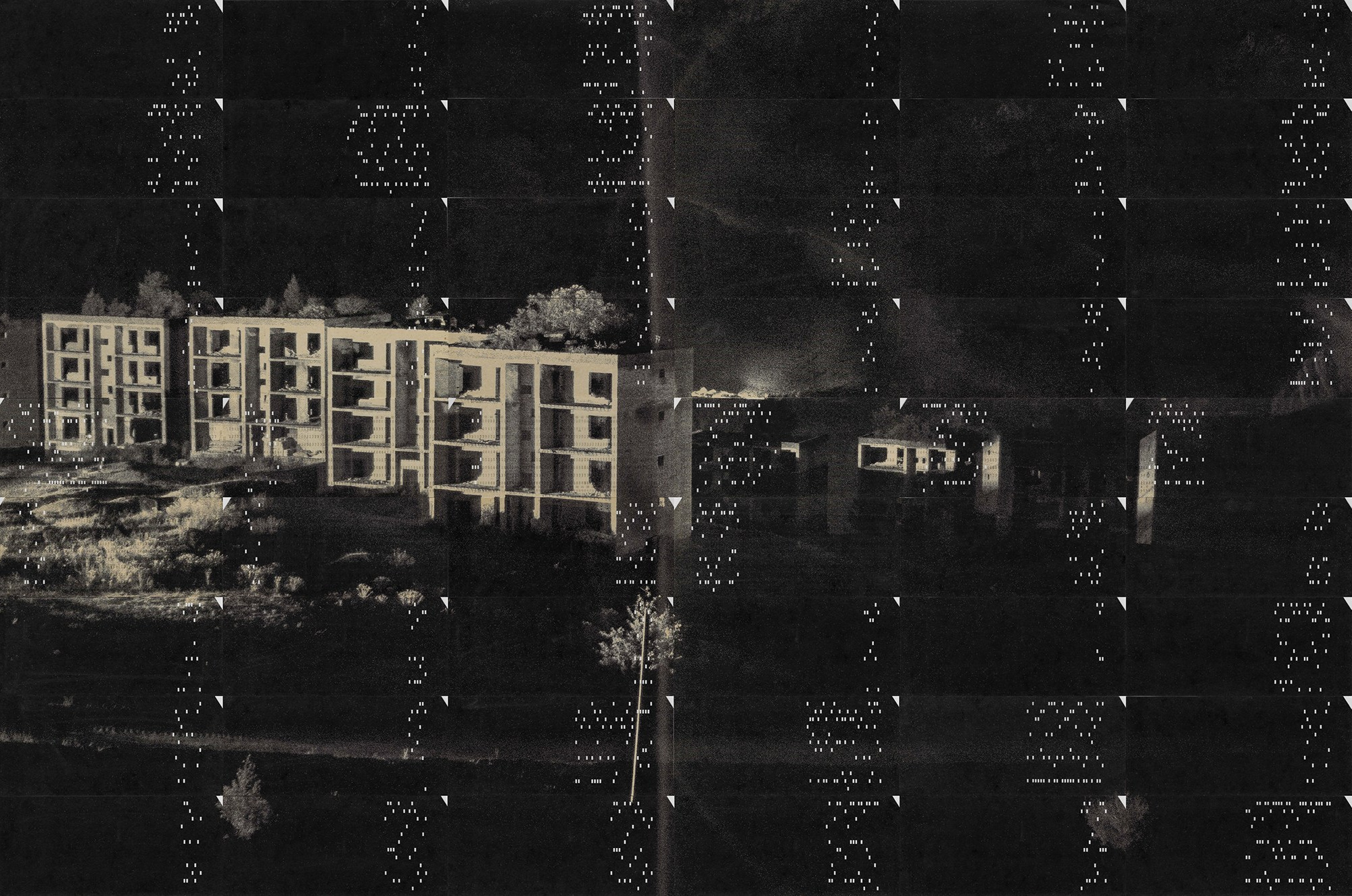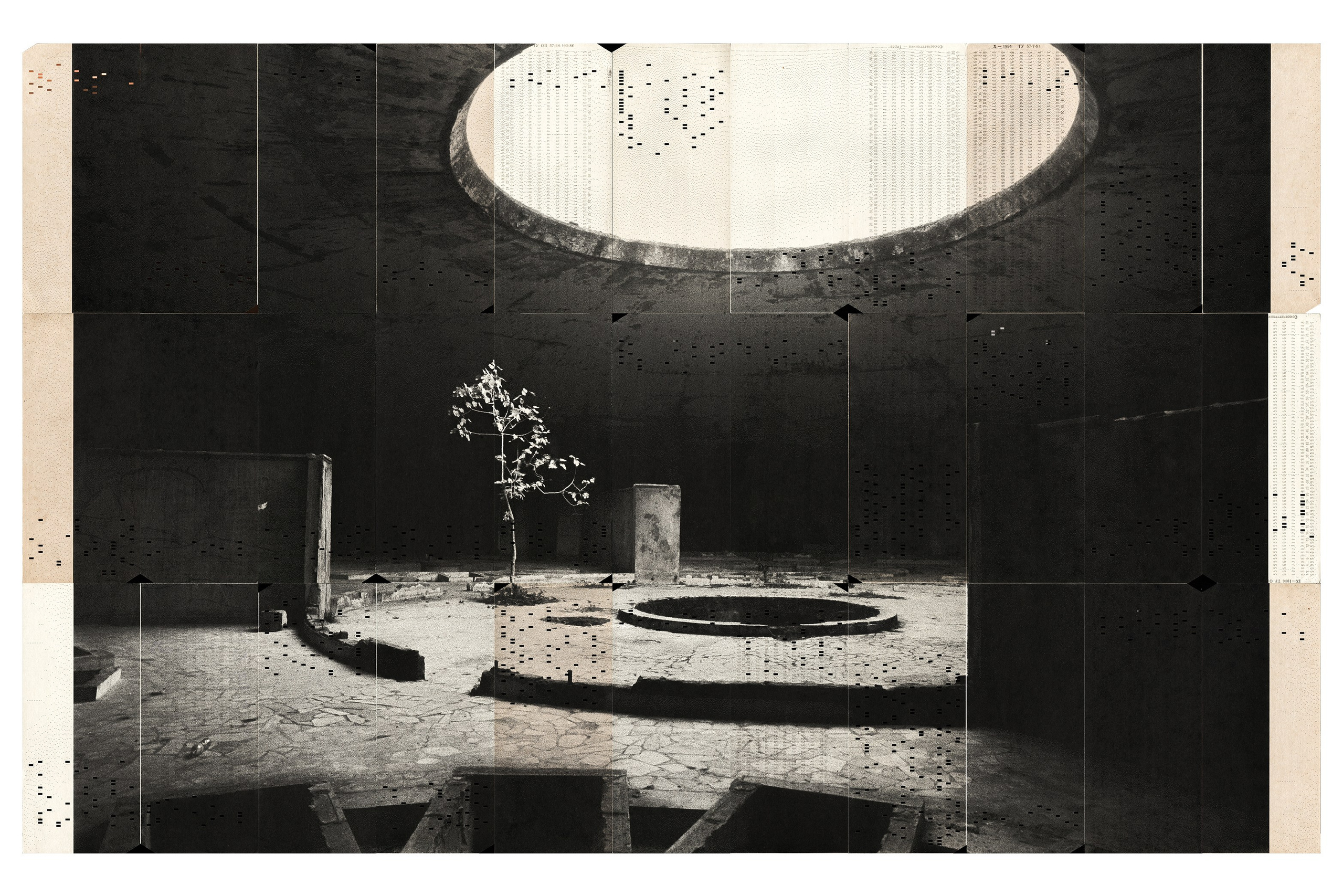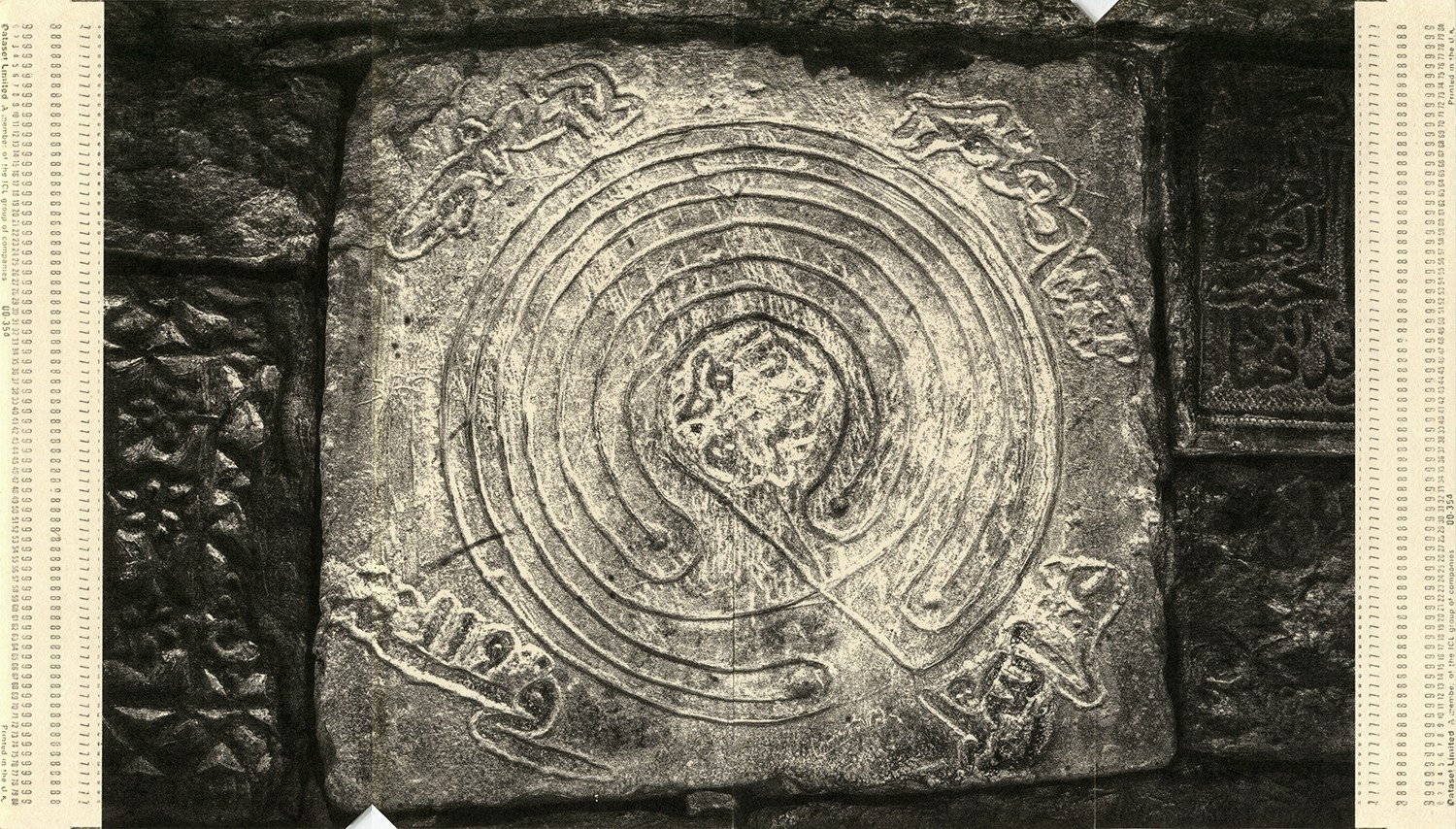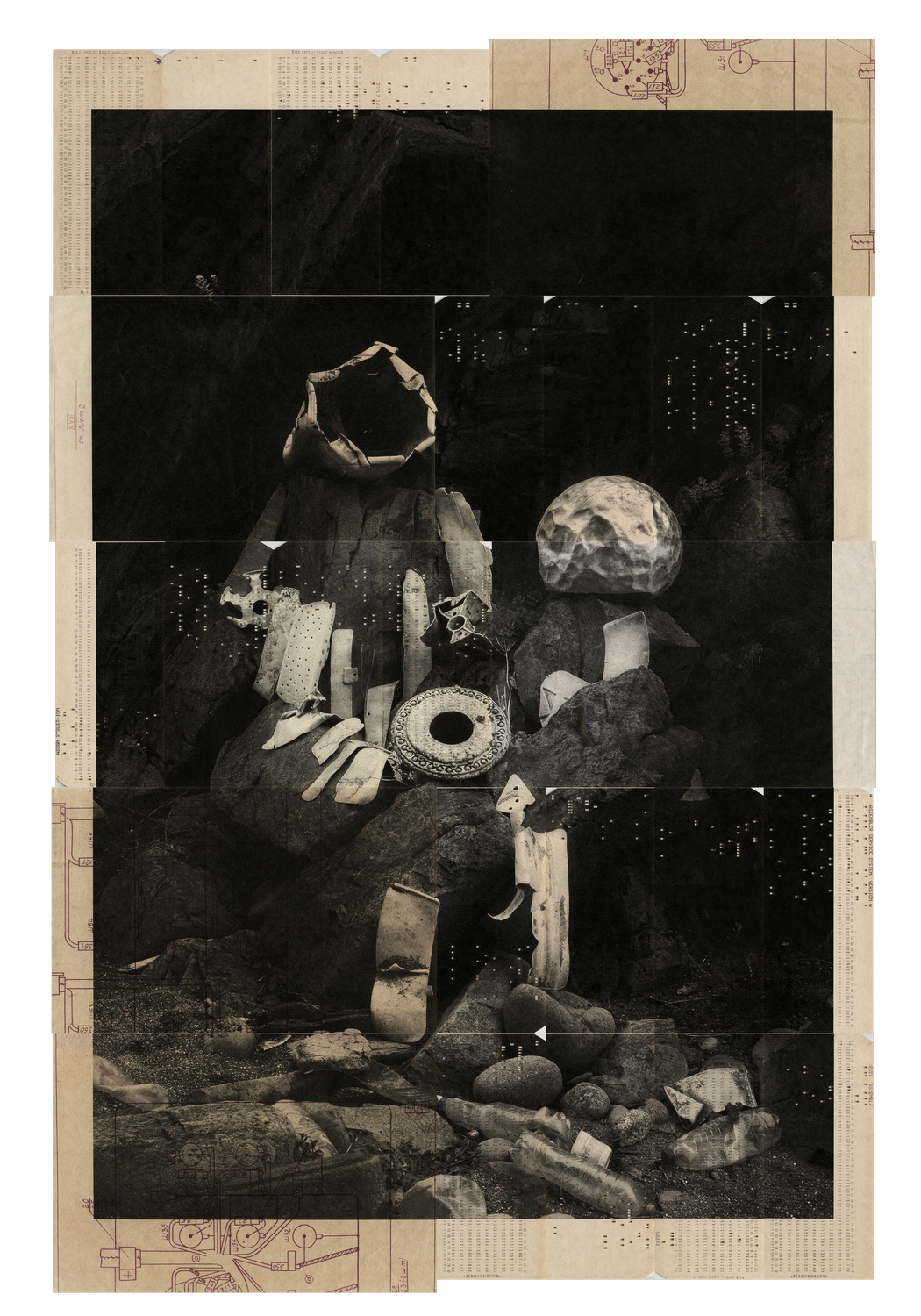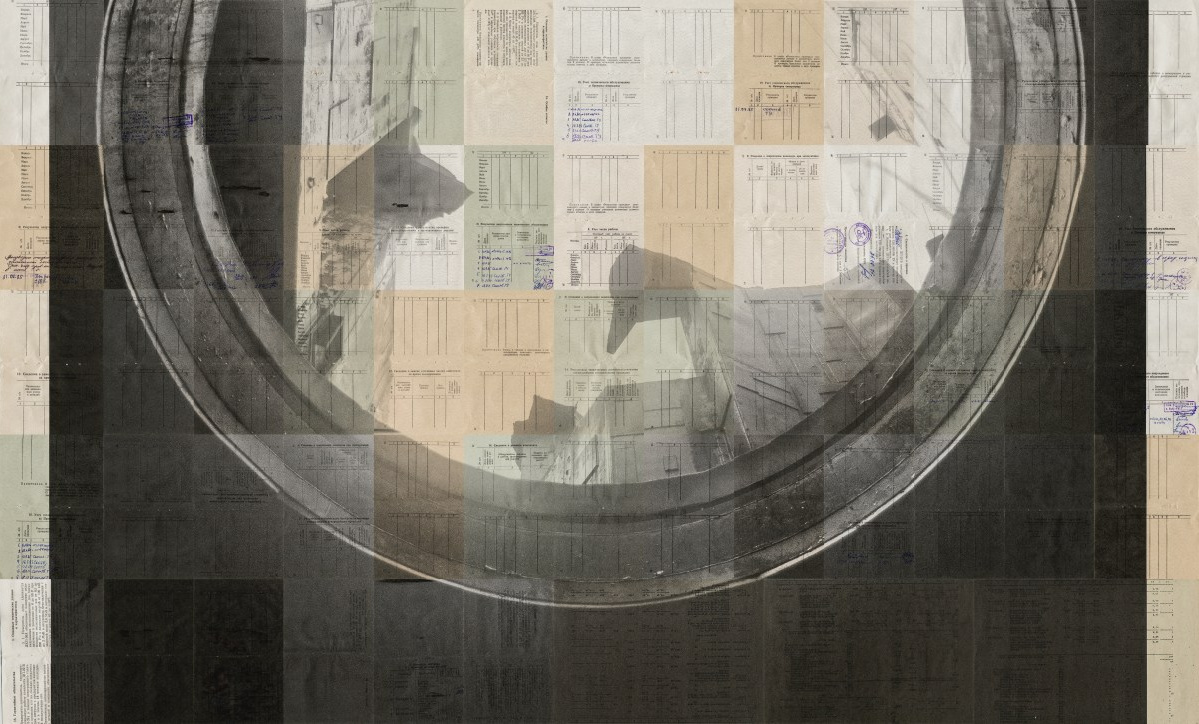
Memories of The Future
post-documentary,
2019 — ongoing
Geography: post-USSR, Middle East
In this project I explore memory in the traces and signs of the past to understand what awaits our heritage in the distant future.
While working on the project, I travelled through the regions of the Caucasus and the Middle East. Places that have gone through wars, national conflicts, and the collapse of empires. I observed the loss of cultural memory, language, the ruinisation of space, and the transformation of ruins into a source of raw materials. As I cast my gaze on the past, I ponder the future of our heritage. I am concerned with the issue of nuclear dumping and the warning message system. For many thousands of years, the waste from our Nuclear Power Plants will be highly hazardous. With no way to neutralise them, the only thing left to do is to hide them. For this purpose, deep underground long-term disposal facilities are being designed, with an estimated lifespan of one hundred thousand years. And thus such places will become the longest lasting monuments of mankind. But also a bitter legacy for all living things of the future. Will our distant descendants be able to read our message and recognise the danger of such a place?
In researching the past, I have seen cultural memory, writing and language disappear in just a few generations. How honoured monuments of the past were transformed into ruins. Which were then turned into sources of raw materials and resources for the local population. And such looting of the remains of Soviet industry, often resulting in pollution and toxic effects. This is the story of several previous centuries. What will happen to our heritage?
The conceptual continuation of this series is the print works, which made by using outdated digital equipment and various papers found in the ruins of the Soviet era.
In April — June 2024 prints was showed on personal exhibition in PENNLAB Gallery.
The exhibition are curated by Nadia Sheremetova, Fotodepartament.gallery.
See the 3D tour.
In perfomative act of printing, Im demonstrate how the signs and knoweledge of the past collapsing and transforming into another. All materials are found on ruins of Soviet era — the technical documentation, research data, computational programmes on punch cards and other knoweledge carriers — In currenty its nothing more than paper.
A damaged digital data carrier in the casemate of Fort Nikolaevsky, destroyed by explosions in 1920-30s. On that territory a exist a burial ground for radioactive waste, left over from the 1940-1950s laboratory that studied the effects of x-ray on animals. Karelian Isthmus, June 2020;
Inkjet printing with pigment ink on found Western-style punch cards, St Petersburg, April 2024;
Dimensions 24,6×18.7 cm, the print is in 3 fragments.
Edition 4 + 1 АР
An unfinished nuclear power plant.
The infrastructure and most of the plant’s supporting structures had been sawn up by looters as scrap metal. Rain cloud and fog descending through the destroyed roof of the reactor hall. Black Sea coastline, March 2021;
Inkjet printing with pigment ink on found paper, St. Petersburg, February 2024;
Material: passports and forms of DP-22-V army radiation dosimeters;
Dimensions 90×150 cm, the print is made on 62 fragments.
Edition 1 + 1АР
Abandoned laboratory reserched the electromagnetic radiation from a nuclear explosion.
One of the sites with experimental protective fortifications in the form of concrete hemispheres. Karelian Isthmus, December 2021;
Inkjet printing with pigment ink on found paper, St. Petersburg, May 2023;
Material: Set of ‘Technoinform’ punch cards with a computer programme that performed ballistics and trajectory calculations, used in the Military Space Academy of the USSR 1970-1980. Dimensions 98,4×141 cm, the print is made on 88 fragments.
Edition 1
Shard of Lenin monument, South Caucasus, August 2021;
Digital pigment ink printing, St. Petersburg, January 2024;
Materials: Project documentation from some abandoned Metallurgical Plant from the 1980s;
a catalog of electrical devices found in an abandoned factory for the production of aircraft engines;
a catalog of alphabet standards of the Soviet Republics languages for road signs.
Dimensions 140×90 cm, on 21 fragments
Edition 2 + 1 AP
A shattered monument with a Solar symbol and the image of a Kalashnikov rifle; Aragats Volcano, South Caucasus, August 2021;
Digital pigment ink printing, Saint Petersburg, May 2023
Material: a set of 96 punch cards («Tehnoinform 1977») with a computational program, used in some Military Space Academy of USSR era;
Dimensions 98,4×149.6 cm, 96 fragments
Edition 1
An unfinished housing estate of the late Soviet era in the Genaldon Valley, Northern Caucasus, August 2022;
In the early 2000s, the Kolka glacier collapsed in this place, killing 125 people, including film director Sergei Bodrov. The flow of ice, mud and giant stones weighing several tonnes travelled through the gorge at a speed of 200 km per hour, wiping out everything underneath. Nowadays the traces of this catastrophe can be seen in deep scars on the stone slopes of the gorge and many metres of clay and stone dumps, in some areas there is still unmelted ice.
Inkjet print with pigment ink on found paper, St Petersburg, December 2023;
Material: destroyed set of punch cards from the University of Astrakhan, 1980s
Dimensions 75×112 cm, 54 fragments
Edition 3 + 1 AP
Abandoned radon spring of the USSR era, Central Caucasus, October 2019;
Inkjet printing with pigment ink on found paper, St. Petersburg, March 2024;
Material: Punch cards from a broken set of an unknown computer programme, Astrakhan's University of the late USSR era.
Dimensions 91×54 cm, 33 fragments
Edition 5 + 1 АР
Solar Monument in the metro vestibule, Saint Petersburg, February 2022.
Digital print with pigment inks, Central Caucasus, February-March 2023;
Material: a catalog of parts for an unknown device from the late USSR times, the catalog contains 7 languages of the Warsaw block;
The paper was found in a former underground shelter of the central building of the Postal and Telegraph Service of the capital of some Caucasian ex-USSR Republic.
Dimensions 84 × 132 cm, 36 fragments
Edition 1 + 1 AP
Metal shards of old unknown
devices were washed ashore along
with plastic trash from the
Arctic Ocean. They were found
on the seashore near a naval
military testing site on the Kola
Peninsula in June 2023
Media: Digital pigment ink
printing, October 2024
Dimensions 62,5×93.5 cm
20 punchcards and 5 schemes
Edition 2+1AP




